Animation of bacteria yellow being attracted to parts of a plant leaf green during photosynthesis. Photosynthesis is the biochemical process by which plants convert energy in sunlight into food. It uses the green pigment chlorophyll to absorb the light energy. Chlorophyll does not absorb light of all wavelengths, though. In this animation, the Sun磗 light passes through a prism, splitting it into its constituent colours. These hit the leaf, causing photosynthesis where the wavelength of light is absorbed by chlorophyll. The bacteria are seen moving towards the parts of the leaf hit by red and blue light, corresponding to the wavelengths most absorbed by chlorophyll. This is because the bacteria need oxygen to survive, and oxygen is a waste product of photosynthesis. Chlorophyll does not absorb in the green and yellow region of the spectrum, which is why leaves appear bright green. The movement of bacteria towards a region of increased oxygen levels is called aerotaxis, and was first observed by Theodor Wilhelm Engelmann in 1881.
Details
WebID:
C00617817
Clip Type:
RM
Super High Res Size:
1920X1080
Duration:
000:24.000
Format:
QuickTime
Bit Rate:
25 fps
Available:
download
Comp:
200X112 (0.00 M)
Model Release:
NO
Property Release
NO

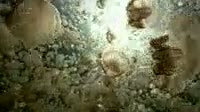
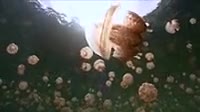
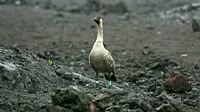
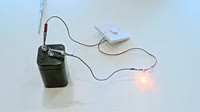
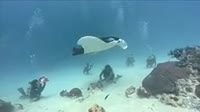
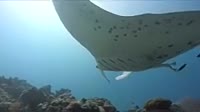
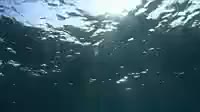
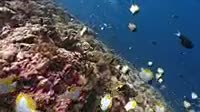
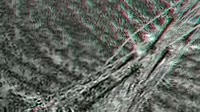
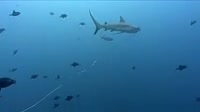
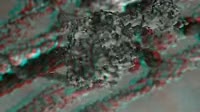
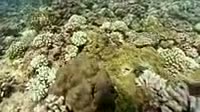
 Loading
Loading